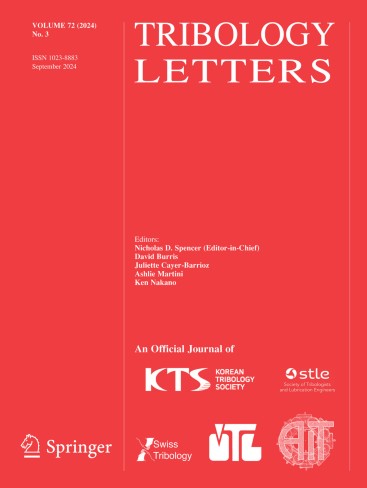Thickener Behaviour in Rolling Elastohydrodynamic Lubrication Contacts
Abstract
This paper focuses on the study of thickener behaviour in elastohydrodynamic contacts using fluorescence microscopy and optical interferometry. A standard Ball-on-disc configuration tribometer was used as well as a newly developed Ball-on-ring configuration tribometer mimicking the conditions in a 6314 deep groove ball bearing. Three types of custom-made greases were used with the same base oil and Coumarin 6 fluorescent dye on the thickener. These greases contained no additives and were of the lithium complex and alicyclic di-urea type. It was confirmed that the behaviour of the grease was directly influenced by both the structure and type of thickener, and the differences were successfully observed by fluorescence microscopy. The concentration of thickener was found to change due to the formation or breakdown of the deposited thickener layer on the track. At low speeds, the alicyclic di-urea forms a thickener layer on the track that is more pronounced than the lubricating film formed by the base oil alone. The thickener layer formation also occurs at higher speeds when fully flooded conditions are beneficial in building the layer. Experiments with a Ball-on-ring tribometer show that the natural replenishment of the real contact geometry is more effective than on a Ball-on-disc tribometer, but the formation of the thickener layer on the track is more limited than in a Ball-on-disc tribometer with artificial replenishment. At higher velocities, a smaller but stable layer is formed where the layer does not change much from a certain velocity.


 求助内容:
求助内容: 应助结果提醒方式:
应助结果提醒方式:


